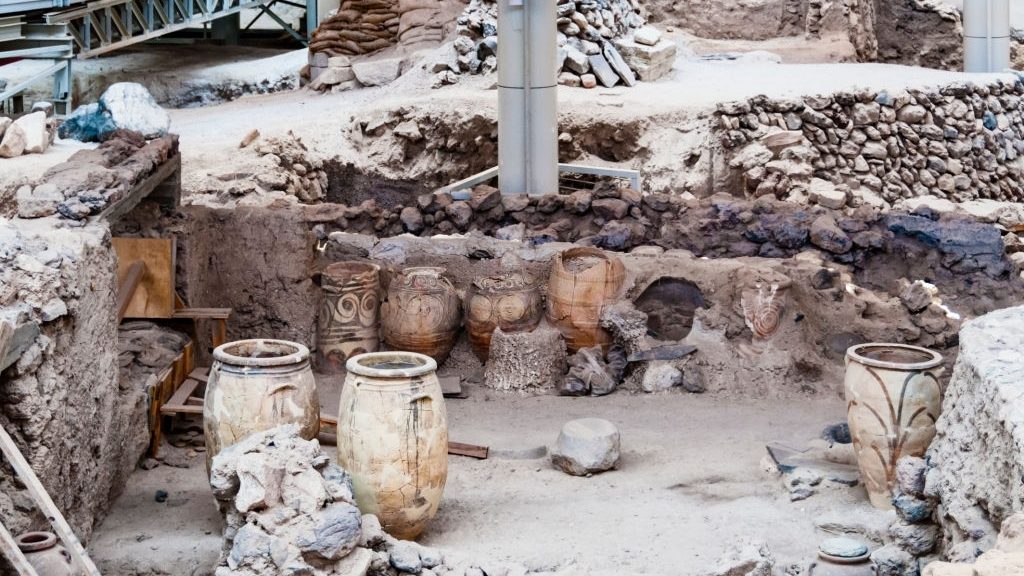
Sanctuary of Hermes & Aphrodite
The Neopalatial (MM IIIB) sanctuary of Hermes and Aphrodite is thought to be the most important archaeological site of Viannos. It is located at Kria Vrisi, near the village of Kato Simi.
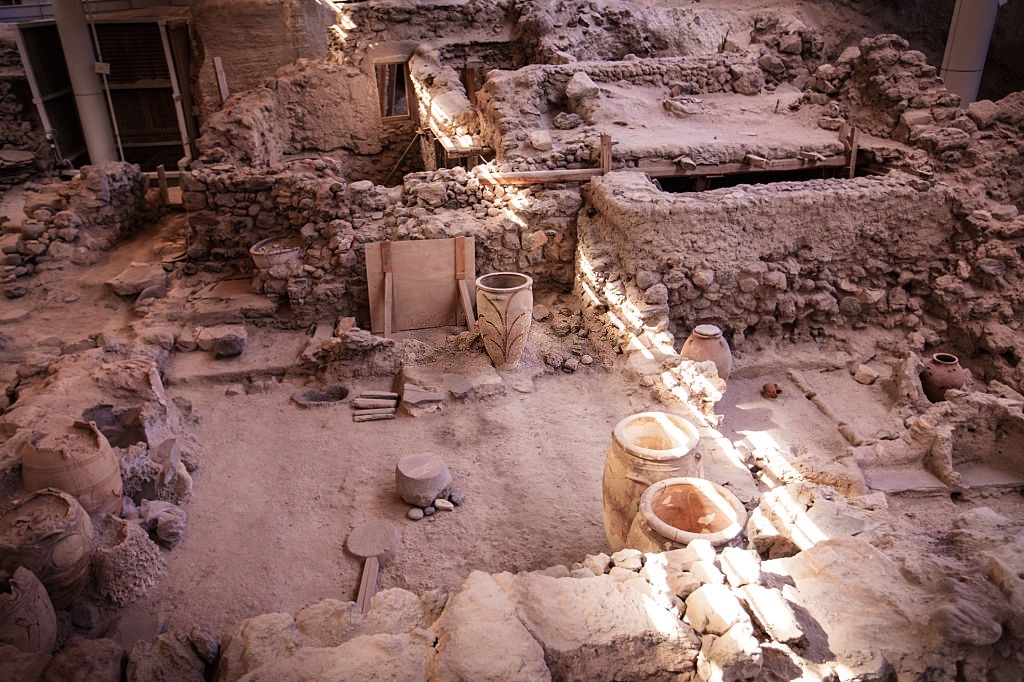
In Crete, history and myth walk hand in hand; from the Minoan era to the Mycenaean, the Classical Age to the Roman, and on to the Byzantine years. Here, history follows the succession of conquerors and civilizations and weaves legends, myths and facts in a story that travels back thousands of years. Every part of Crete has something else to offer. Every mountain and hill a place of worship, where the Olympian Gods hid or escaped to, and ancient civilizations built fortresses and villages in.
Crete has so many stories to tell you about the people that came through the land, built harbours, established trade routes, established kingdoms and waged wars. Mystical and proud, Crete offers an abundance of archaeological sites for visitors to explore and learn more about.
Even if you are not a history and culture enthusiast, don’t miss out on the most important and world-famous archaeological sites of Knossos and Phaistos. But of course, there are other places of great archaeological significance and all periods of habitation in Crete, that can be visited.
Ruins of ancient towns, Minoan palaces, and various other monuments, are to be found in every corner of the island, often in locations of unforgettable natural beauty. Some you may have to hike to reach on foot, so check out the E4 European long-distance path section of the website for more information.
There are more than a dozen archaeological sites in Crete that you can access for free, like the ancient city of Lato, 15 km west of Agios Nikolaos, and the Minoan cemetery of Armeni in Rethymno. There are also more museums that you can count in two hands, in Lassithi, Heraklion, Chania and Rethymno for you to explore.
Please note that this information is subject to change so make sure to check beforehand just in case.
Most archaeological sites operate on a winter and summer schedule:
Winter: 1 November – 31 March
Morning to Noon – 8:30 – 16:00
Summer: 1 April – 31 October
Morning to Later Evening – 8:30 – 20:00
Days when most museums are closed:
Free admission days for museums in Crete
*These can be revoked by the Ministry of Culture and Tourism without advance notice.

The Neopalatial (MM IIIB) sanctuary of Hermes and Aphrodite is thought to be the most important archaeological site of Viannos. It is located at Kria Vrisi, near the village of Kato Simi.
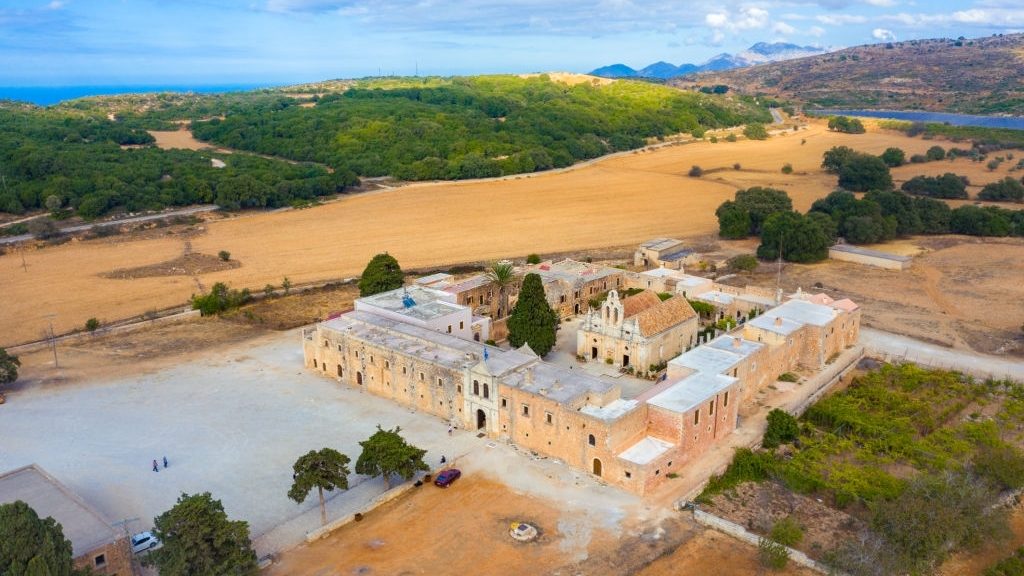
The ruins of ancient Lyttos or Lyktos are located near the village of Xidas, in the municipality of Kastelli Pediadas. It was one of the oldest, most important and powerful cities of Crete, and a rival of Knossos, with which it was often at war.
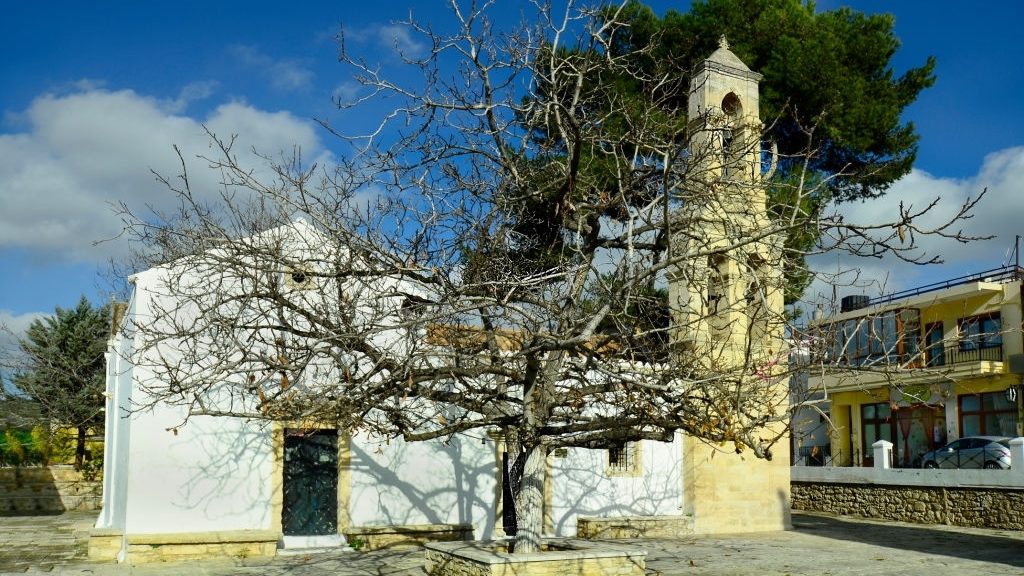
The area of the fertile valley of Archanes and Mount Yuktas is located near the city of Heraklion and the Minoan palace complex of Knossos. As it is believed, it played a very significant role in the Minoan era, as well as later on. Considering the quantity and the quality of the finds unearthed at various locations, it most likely was an important economic, administrative and religious centre.
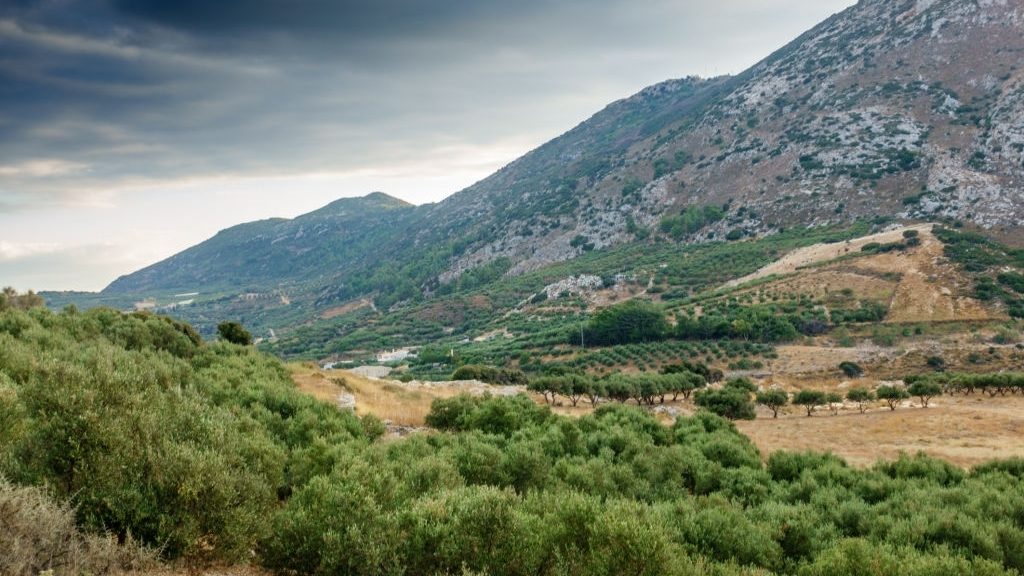
The Minoan villa of Vathypetro was discovered at the location of Piso Livadia, on the south-eastern side of Yuktas, during an excavation conducted in 1949 by Spyros Marinatos. The site is located 3 kilometres south of Archanes and 20 km from Heraklion.
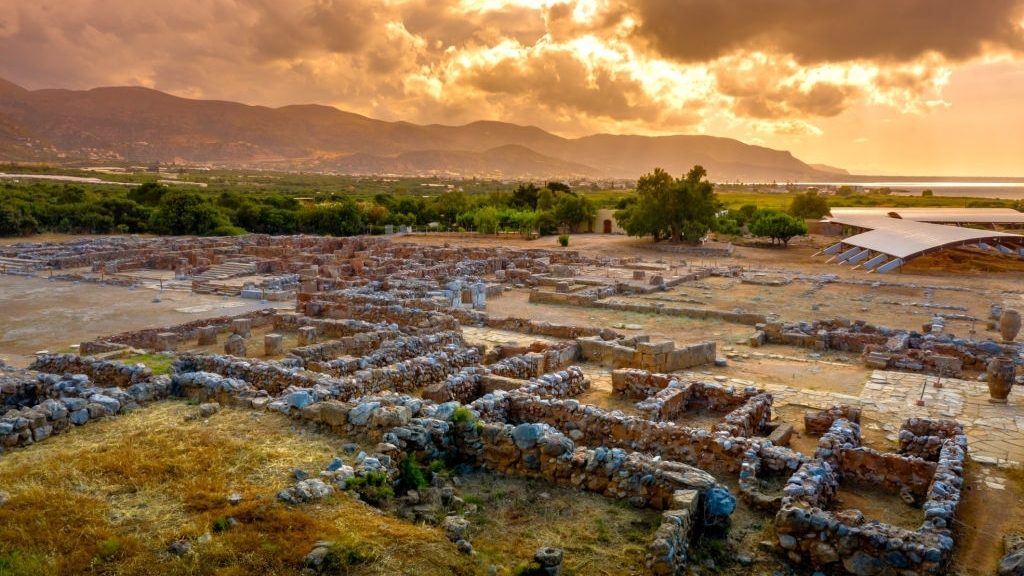
East of the current tourist village of Malia, on a fertile plain by the sea, one can visit the important archaeological site of the third-largest Minoan palace complex. That archaeological site of the Malia Palace is easily reached, just off the main road from Heraklion to Agios Nikolaos. Inhabitation of the area seemingly began in the Neolithic age and continued in the Minoan era. A large settlement had already flourished there in the Prepalatial period (2500-2000 BC).
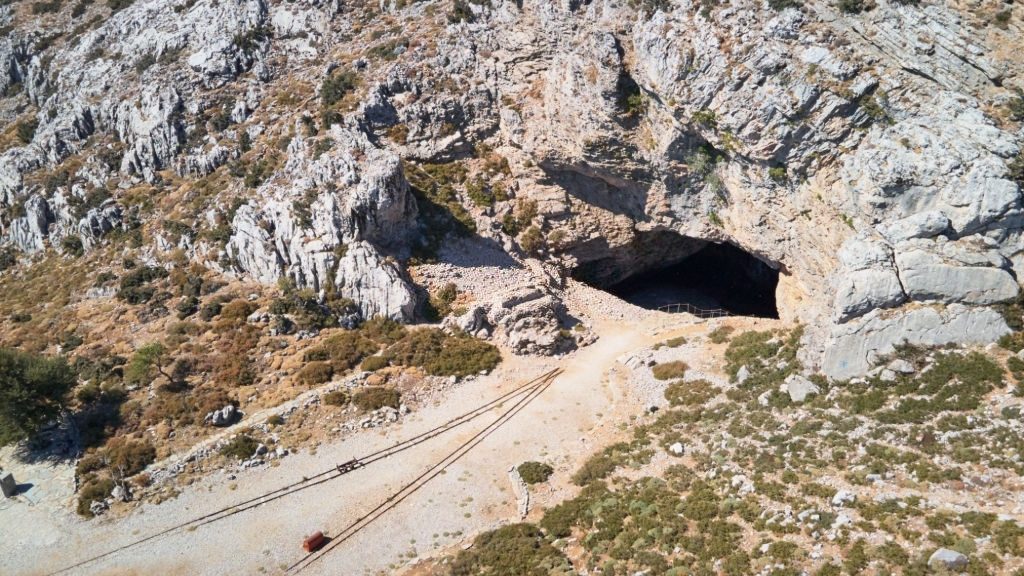
The cave of Ideon Andron is considered the sacred cave of the Cretans and was famous throughout the Hellenic world in ancient years, and a great centre of worship and spiritual initiation. The cave is located on the western side of Nida plateau, at the foot of a steep slope, 1.538 metres up.
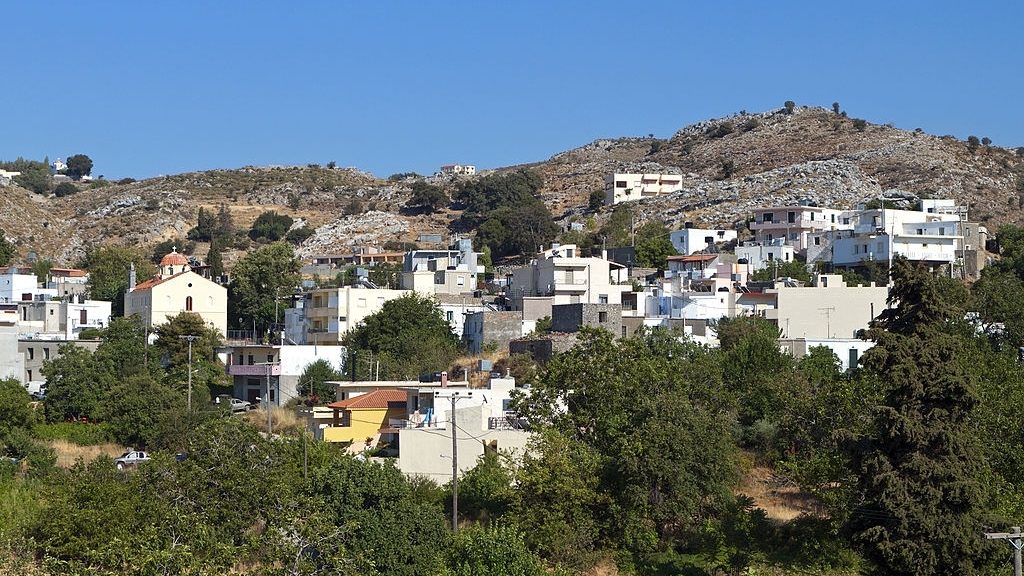
Zominthos is an area located halfway between Anogia and Nida in north-central Crete. It used to be famous mainly for its spring waters and as a hiking destination. Today, however, since the systematic survey and the excavations of the archaeologist Giannis Sakellarakis, Zominthos has emerged as one of the most important archaeological sites of Crete. The pre-Hellenic name of the village indicates its importance since antiquity.
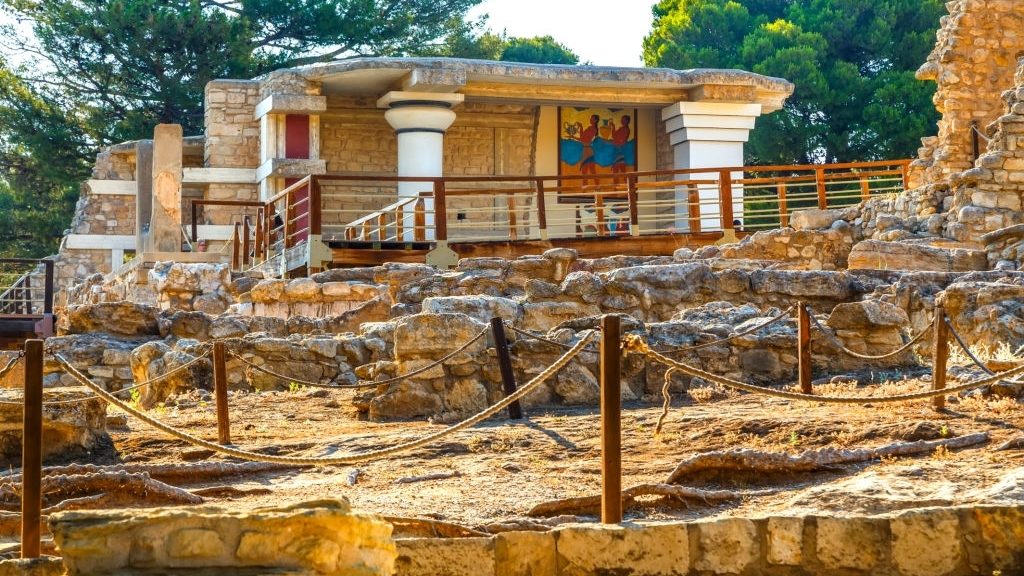
About 15 kilometres east of Heraklion, after Amnissos and Kako Oros, in the area of the current settlement of Kokkini Hani, we find an important archaeological site, where a large, luxurious Minoan villa has been unearthed. It is also known as Nirou villa, named after an older settlement which existed there (Nίrou Hani).
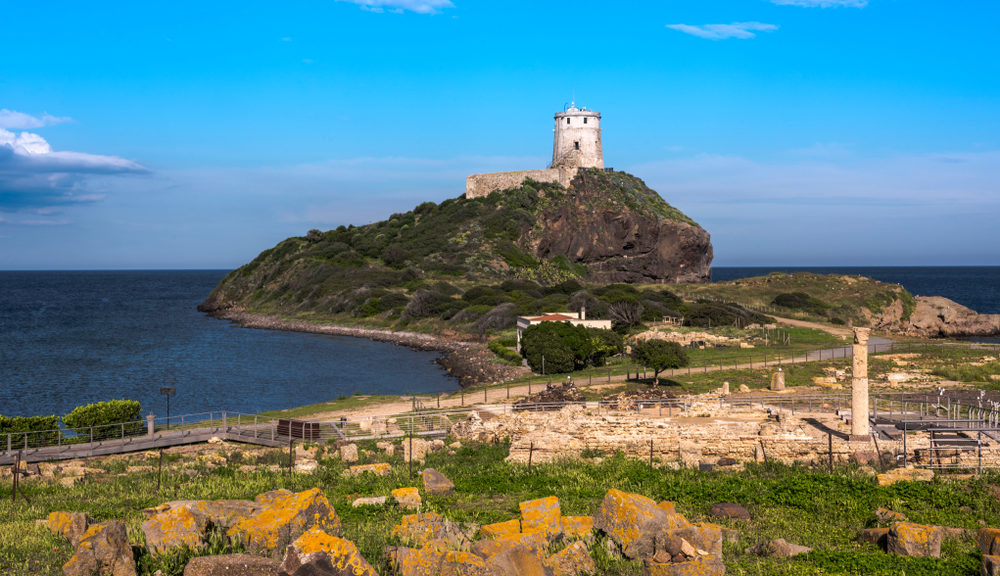
Ancient Tarra was a town which used to stand on the site of the current settlement of Agia Roumeli. It is on the eastern bank of the stream that flows through Samaria gorge, in southern Crete. It was probably quite important, given the fact that it was mentioned by numerous ancient writers. Its name derives from the root tal-tar-taur, which means river gorge, and some scholars believe that the ancient town of Taranto, in Southern Italy, was a colony of…
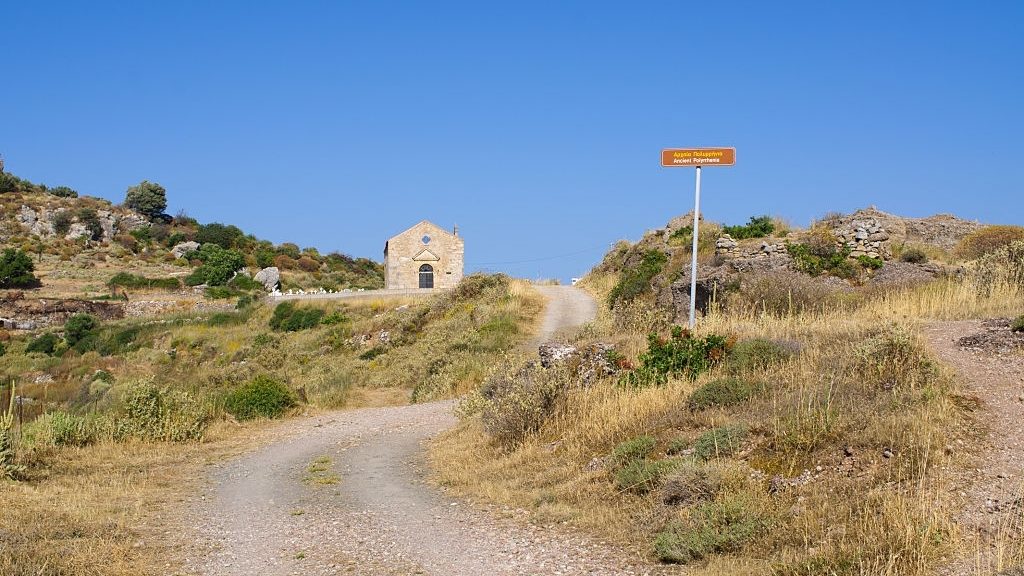
From the moment one sets foot in Polyrrinia, it is clear that this is a place with a long history that can be traced back to ancient times. Historical traces from different periods can be seen everywhere, and architectural elements remain scattered throughout the site, either on their own, in the ruins of ancient buildings, or incorporated into structures of subsequent periods.
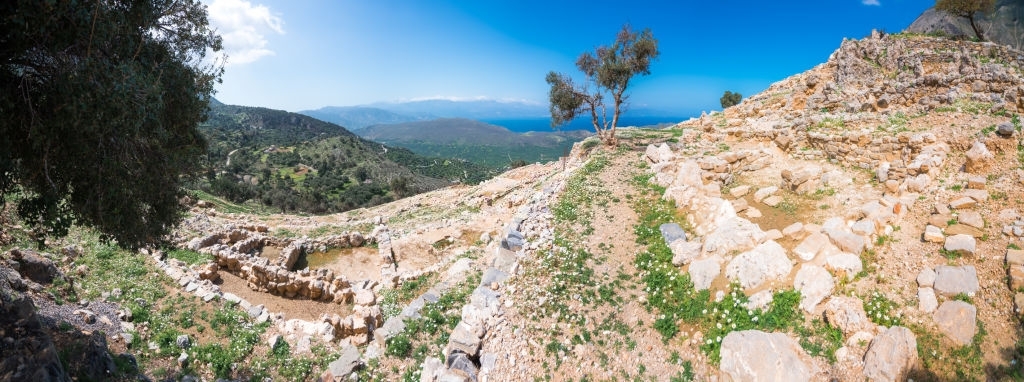
Minoan Villa at Makris Gialos A villa of the Late Minoan IB period was brought to light at the location of Plakakia, west of the settlement of Makrίs Gialos. It is considered a very significant building, concerning the study of Minoan architecture, because it is essentially a miniature of a Minoan palace.
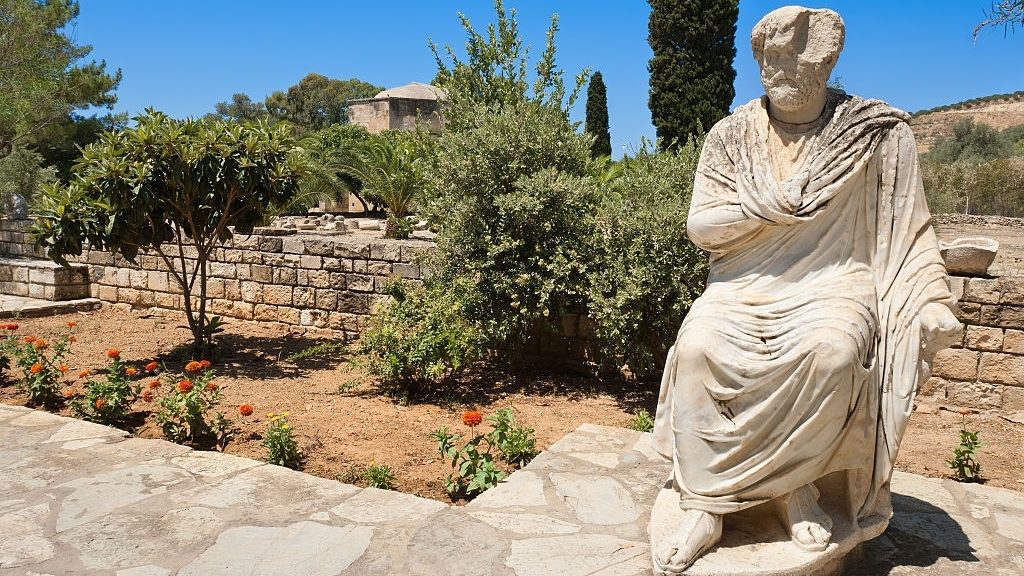
The archaeological site of Gortyna is located near the present-day village of Agii Deka, very close to the river Mitropolianos (known as Litheos, in Antiquity), in the Messara region.
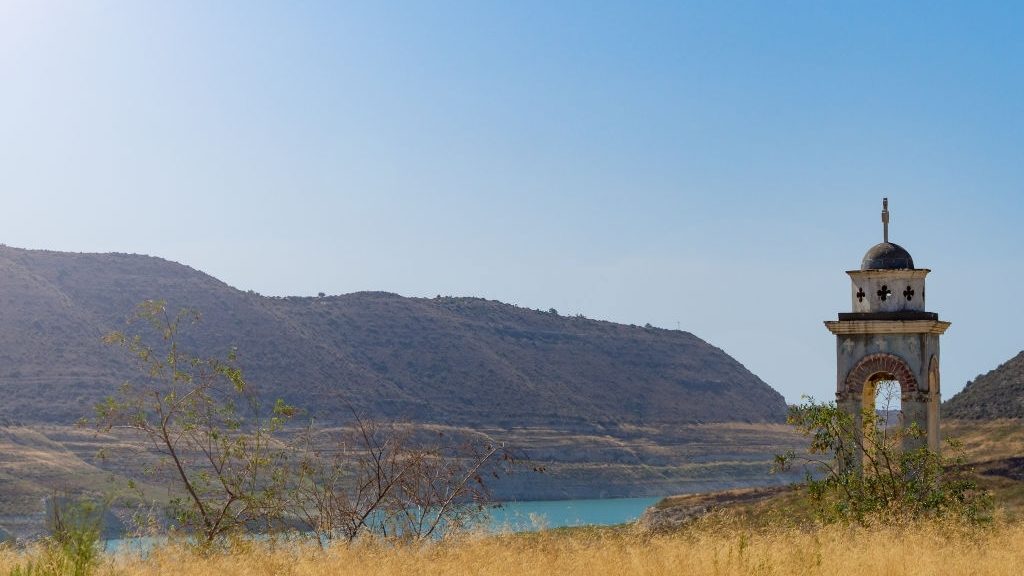
Lissos was the port of ancient Elyros. Its pre-Hellenic name suggests that it was inhabited well before the Dorian invention. The natural harbour and the medicinal springs present helped Lissos flourish to a great extent, mainly during the Dorian, the Hellenistic and the Roman period.
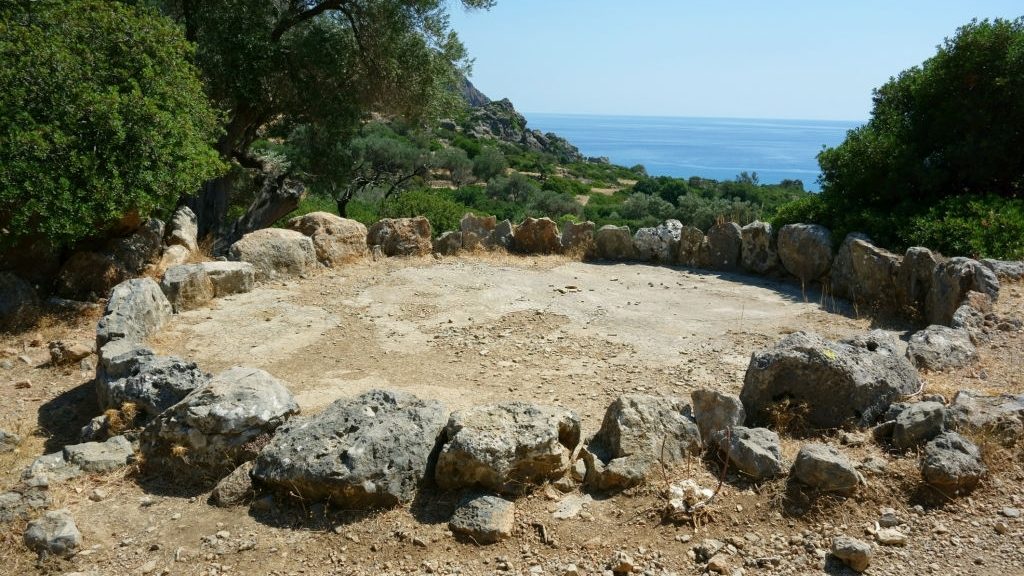
Lebena (Levin) was a wealthy ancient town, located at the southern foot of the Asterousia mountains, on the shore where the current settlement of Lentas is found. It was a port of Gortyn, and famous for its Asklepieion (healing temple) which was visited by worshippers from all over Crete and Libya.
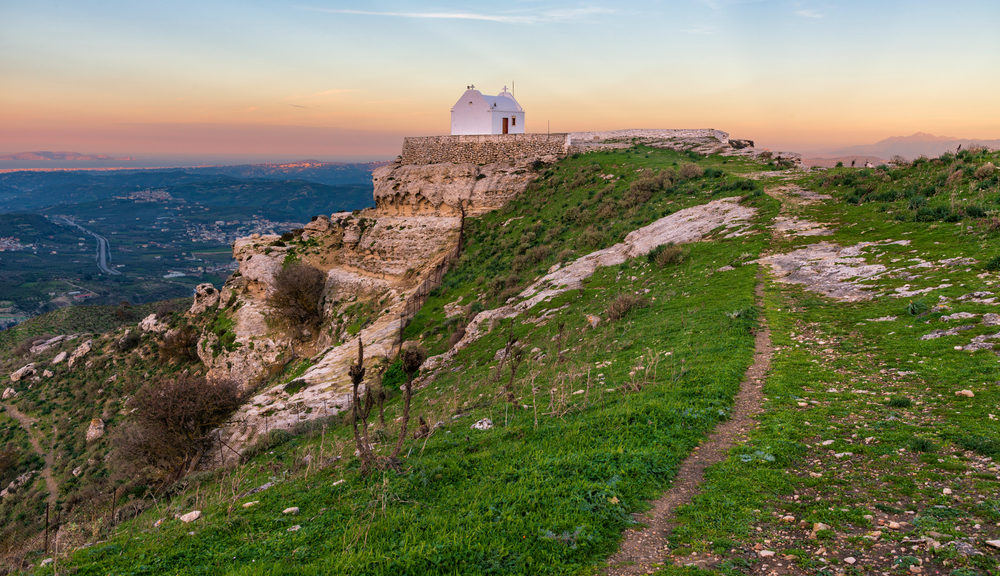
In a flat-topped elevation known as Patella tou Priniou, at the eastern foothills of Mount Psiloritis, we find Ancient Rizinia. The remnants of this remarkable city were discovered by the Italian School of Archaeology in 1906-1908 and initially could not be identified with certainty.
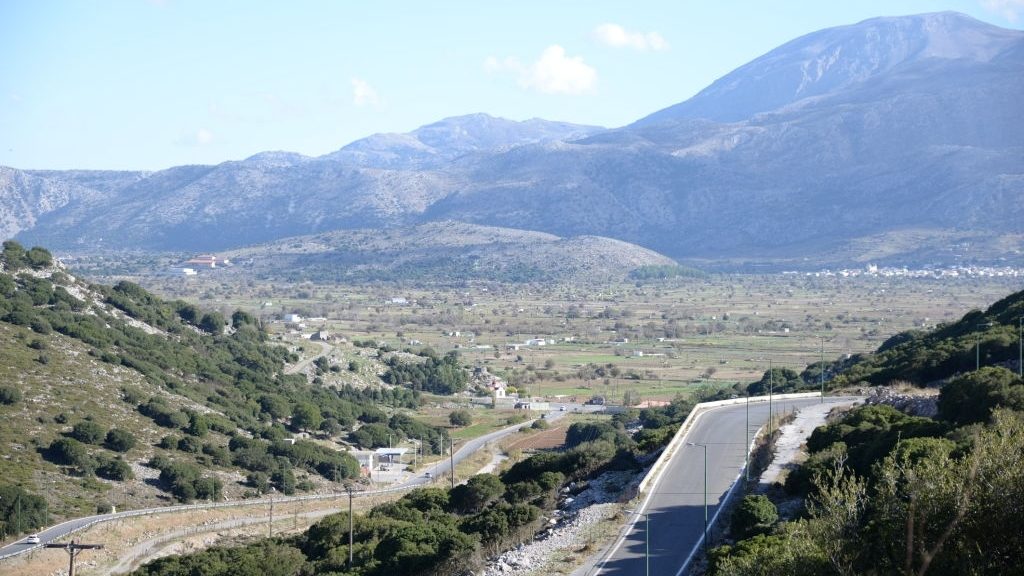
Karfi is a particularly important ancient Minoan settlement on the east side of the saddle of Ambelos (Seli). The settlement was built on the eastern side of the peak of Karfi and it covered the whole flat area between the peaks of Mikri Koprana and Megali Koprana. According to the archaeologists, it had a population of approximately 3.500.
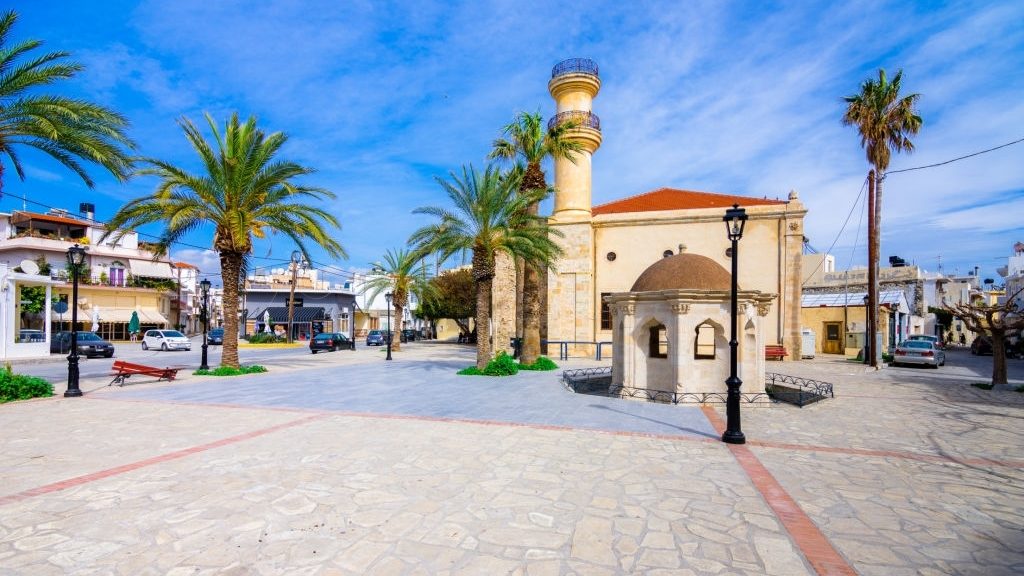
Two remarkable Minoan settlements have been unearthed at the locations of Fournou Korifi and Pyrgos, near the present-day settlement of Myrtos, east of Ierapetra.
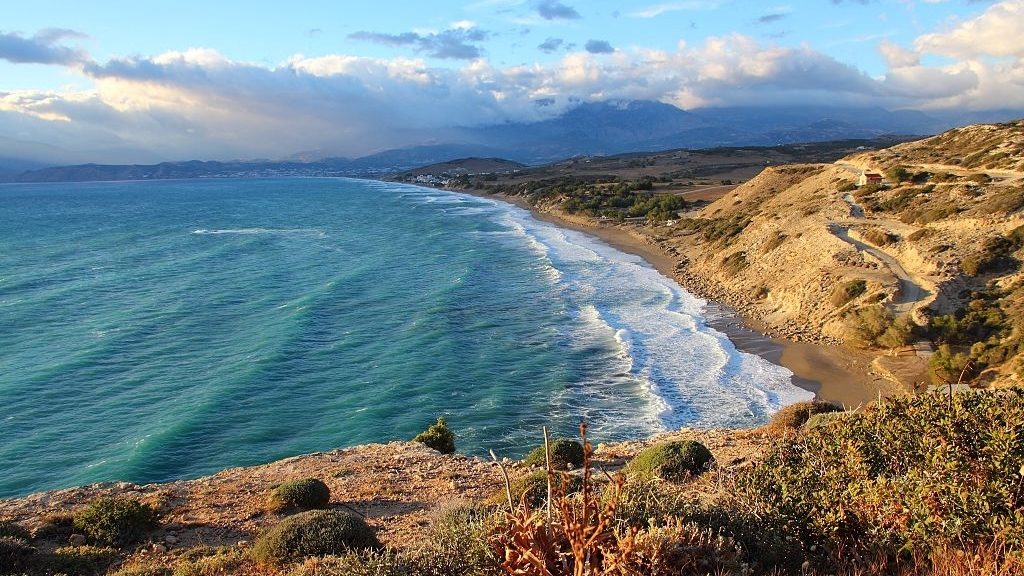
The seaside location known today as Kommos is situated west of Pitsidia village, which belongs to the Municipality of Phaistos. It is located 60 km south of Heraklion and 75 km from Rethymno. The main harbour of the region of Messara existed there in the Minoan years, and it possibly served both Phaistos and Agia Triada.
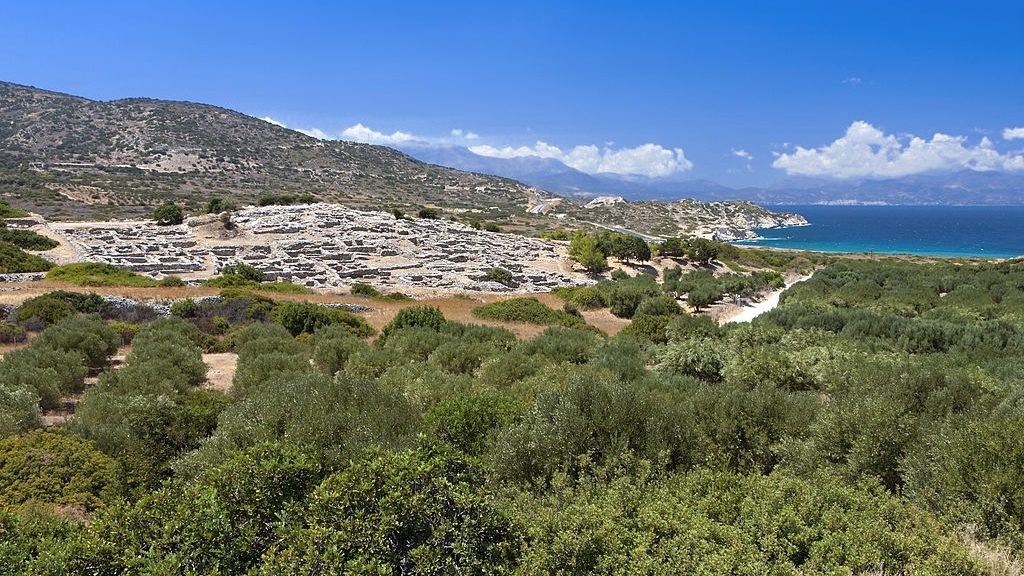
The ancient town at Gournia prospered in the early Late Minoan period (1600 BC) when it had a population of about 4.000. It is probably the most thoroughly excavated Neopalatial residential complex of the Minoan era, in the whole of Crete. It was destroyed by fire and was looted shortly before the end of the Minoan era, never to be rebuilt.
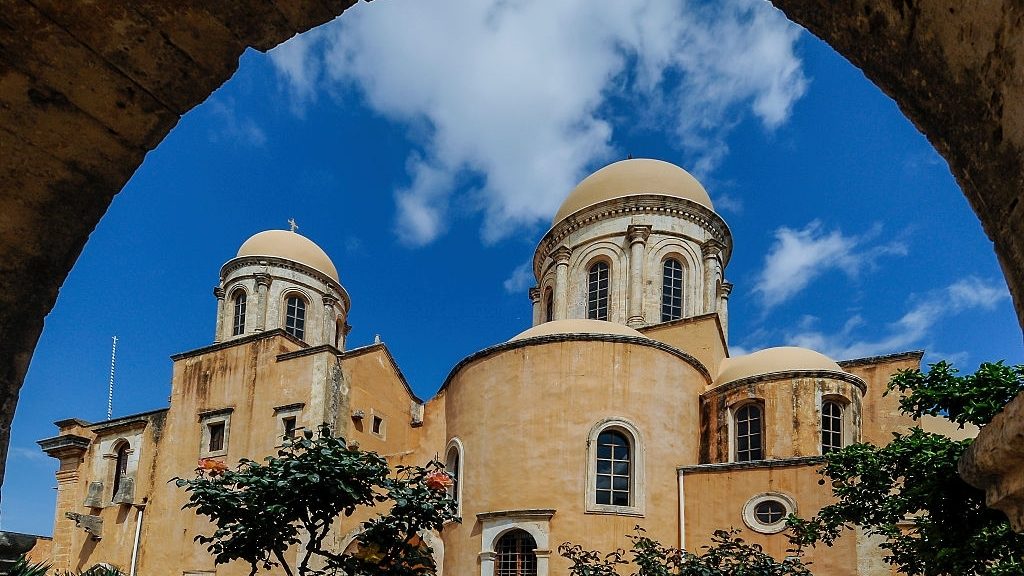
The archaeological site of Agia Triada is one of the most remarkable in Crete. It is located 3 kilometres south of Phaistos, on the edge of the river Geropotamos, in a landscape of exceptional natural beauty.
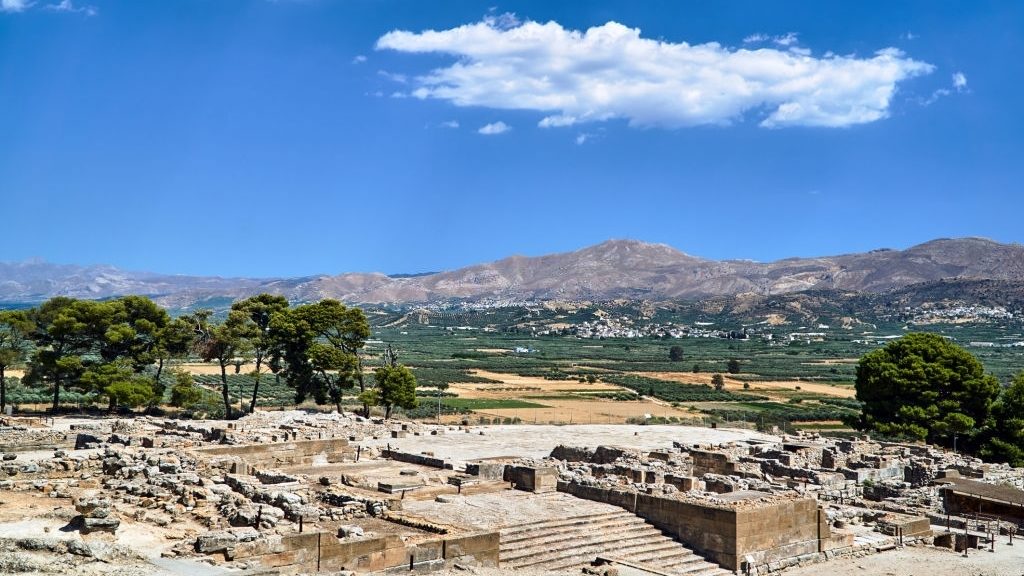
The archaeological site and Minoan Palace of Phaistos (also spelt Festos) is one of the most visited and well known in Crete. The palace complex and the city of Phaistos were built on a hill, offering a panoramic view, especially to the east, north, and to the south. The rich and fertile plain of Messara opens up ahead to the east for a distance of 40 kilometres. In the background, one can see the mountains of Lassithi. To the right,…
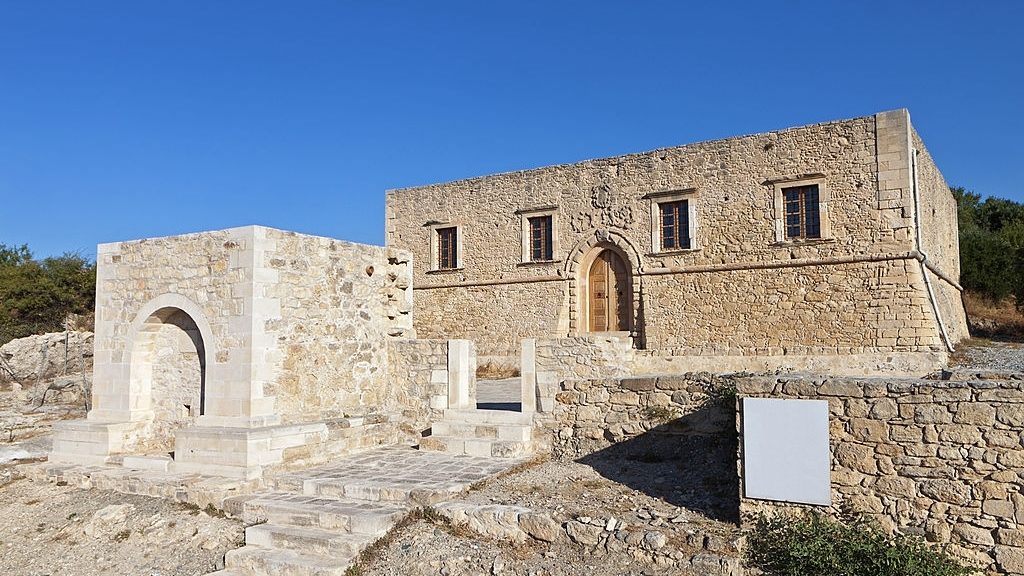
This island, known as Lefki in ancient times, played a very important role in the Hellenistic and the Roman history of Eastern Crete. The main occupations of the residents were fishing, and the processing and trade of purple dye from Murex shells (porphyra), which brought great wealth to the island during the Hellenistic and Roman period.
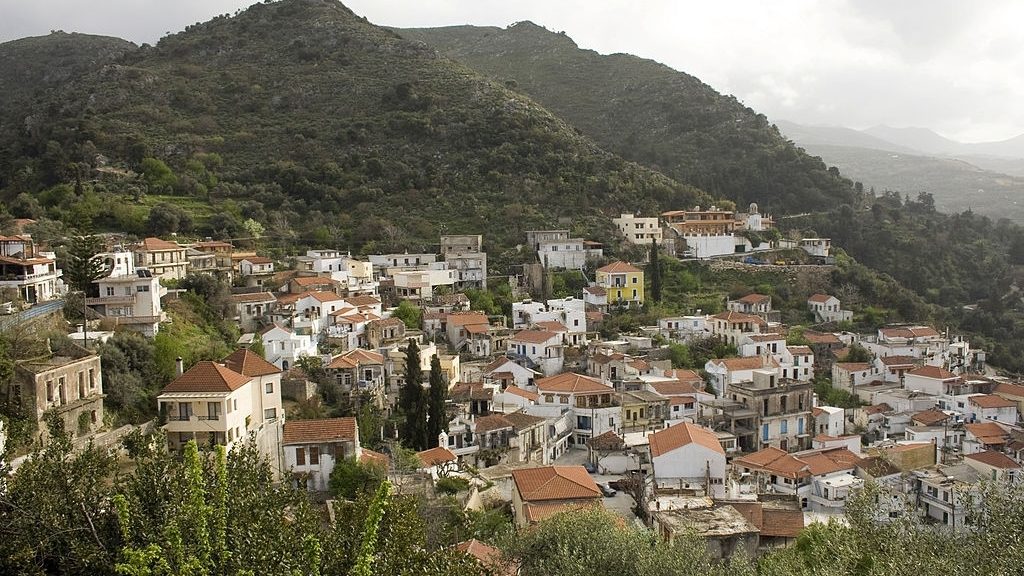
The Minoan House at Chamezi is located about 4km from Sitia on the northeastern coast of Crete island just outside the village of Chamezi, from where it has taken its name. The first round of excavations was conducted by Stephanos Xanthoudides in 1903, in the hill of Souvloto Mouri. The Minoan building that was unearthed is considered a unique architectural feature of its time, with an ellipse-shaped construction and its possible use had puzzled archaeologists for many years. The house…
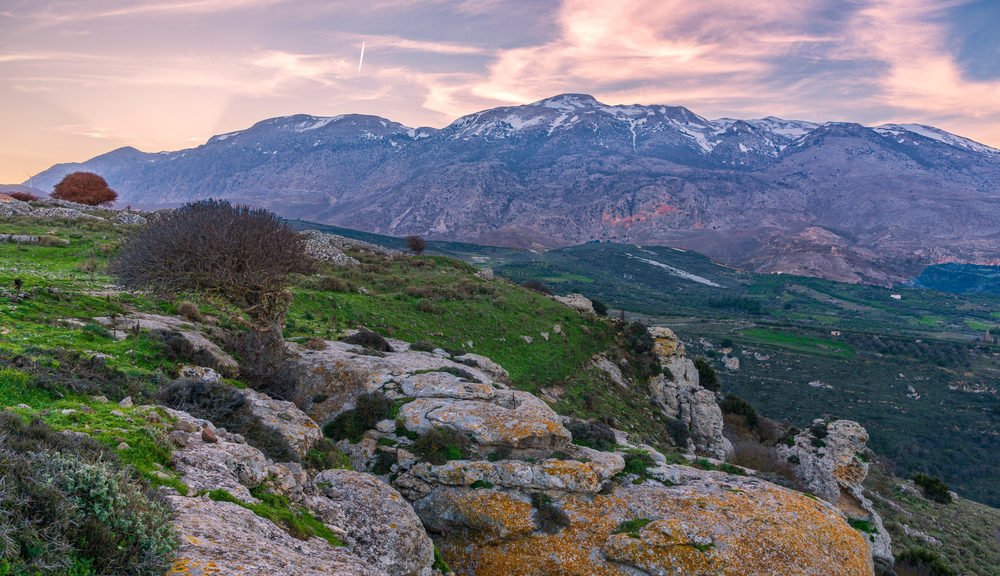
Syvritos was a city-state that flourished in ancient years. It was located on Kefala hill, which dominates the landscape in the northern part of the Municipality of Amari, west of Thronos village. The archaeological site is only 9 km south of the monastery of Arkadi and 30 km from Rethymno.
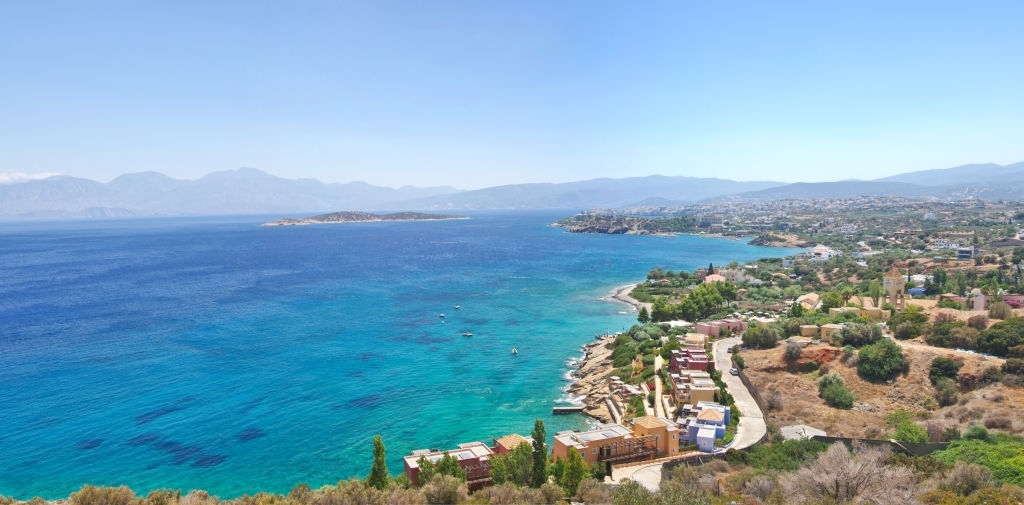
Mochlos is a small village in the Mirabello Bay off the coast of northeastern Crete. The American archaeologist R. B. Seager discovered Mochlos in 1907, on the recommendation of a local fisherman. In the following year, he began excavating on the small island and unearthed 20 collective tombs and about 12 houses. In 1955, J. Leatham and S. Hood discovered Roman fish reservoirs on the shore opposite the island, during an underwater survey. Here, they confirmed the hypothesis according to…
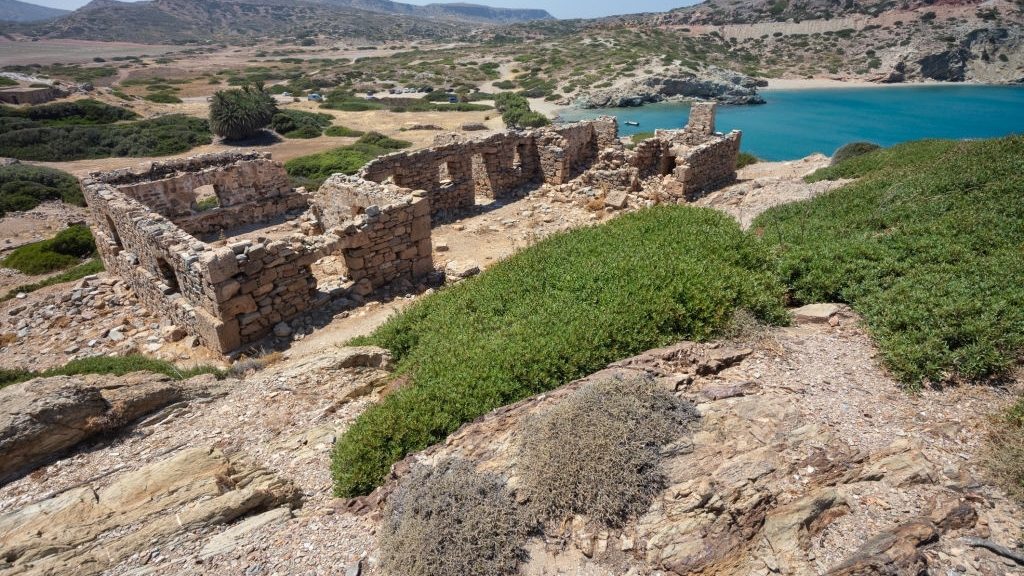
Itanos was one of the most prominent coastal cities of Eastern Crete from the Minoan era until the early Christian years. Today the area is known as Erimoupoli or Erimopoli. It dominated over the whole eastern coast of Sitia, from Cape Samonion (known today as Kavos Sideros) to Cape Erithraion (known today as Cape Goudouras), and the small island of Lefki (Koufonisi).
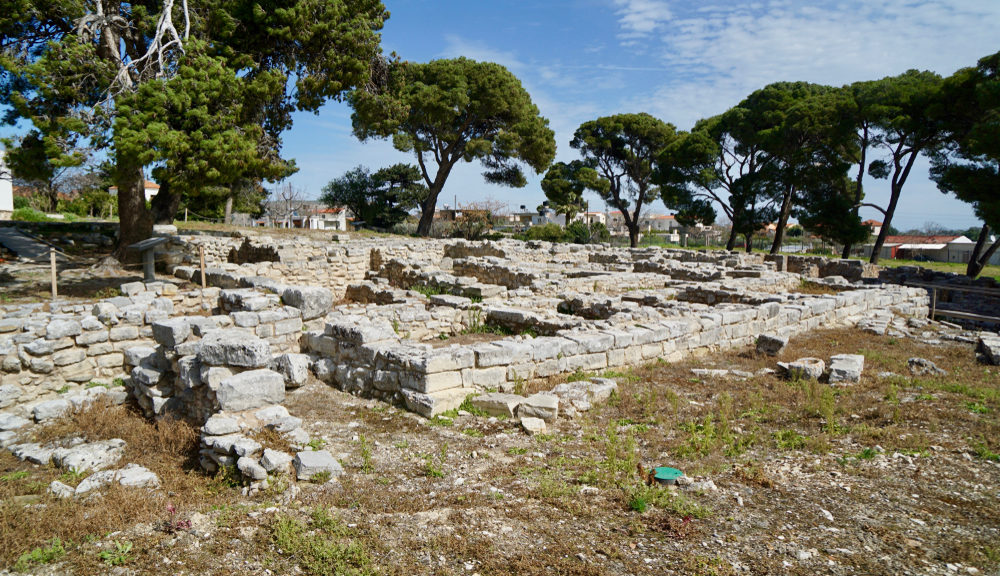
Unearthed in the early 20th century, on the site of present-day Tylissos by the archaeologist Iosif Chatzidakis this was one of the most noteworthy Minoan towns. The ancient city probably started to be developed during the Prepalatial years, however, it flourished during the Neopalatial period (1650-1450 BC) and the Postpalatial era (1450-1200 BC).
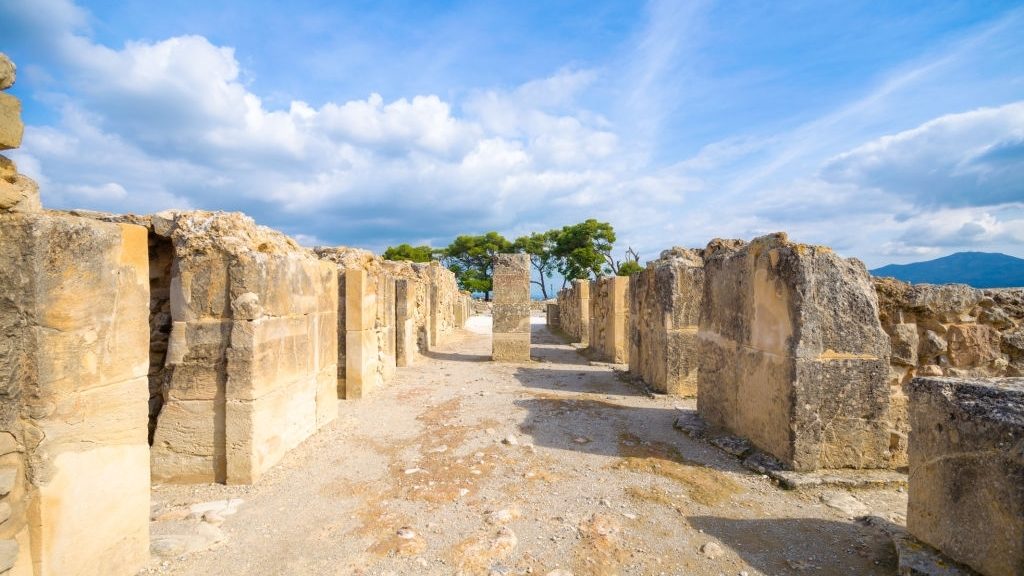
The Minoan settlement at Apodoulou is located northwest of the palace of Phaistos on the southern side of the Psiloritis foothill. It is positioned on the main route between the north and south coast, on the Amari valley, overlooking the gulf and plain of Messara.
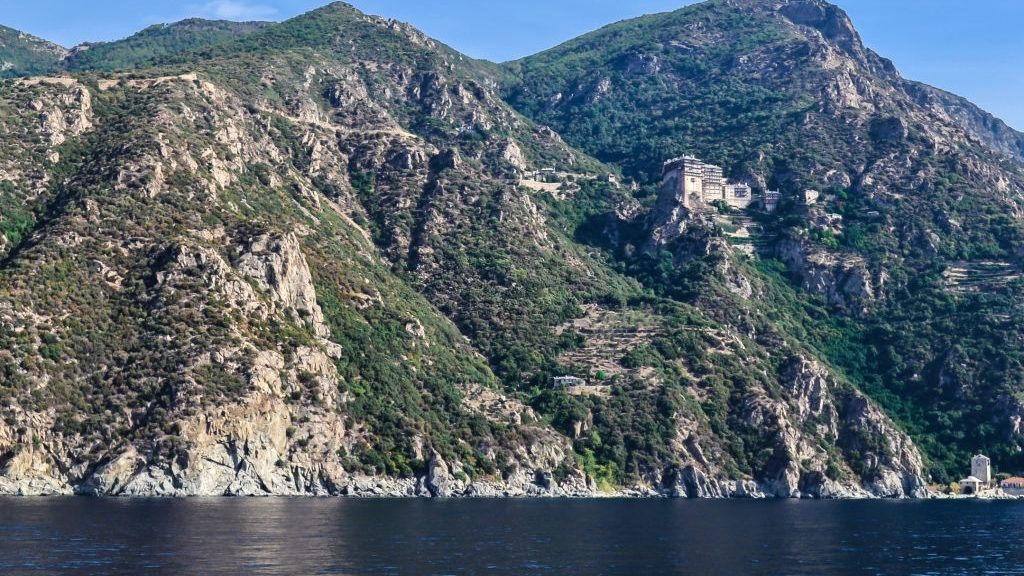
The Archaeological Park of Petras is a Minoan settlement located 1 kilometre east of Sitia. Built on a low hill in close proximity to the water, this ancient harbour city is now found in one of the most picturesque corners of eastern Crete. Systematic excavations and research on the archaeological findings began here in 1985, under the guidance of Tsipopoulou Metaxia.
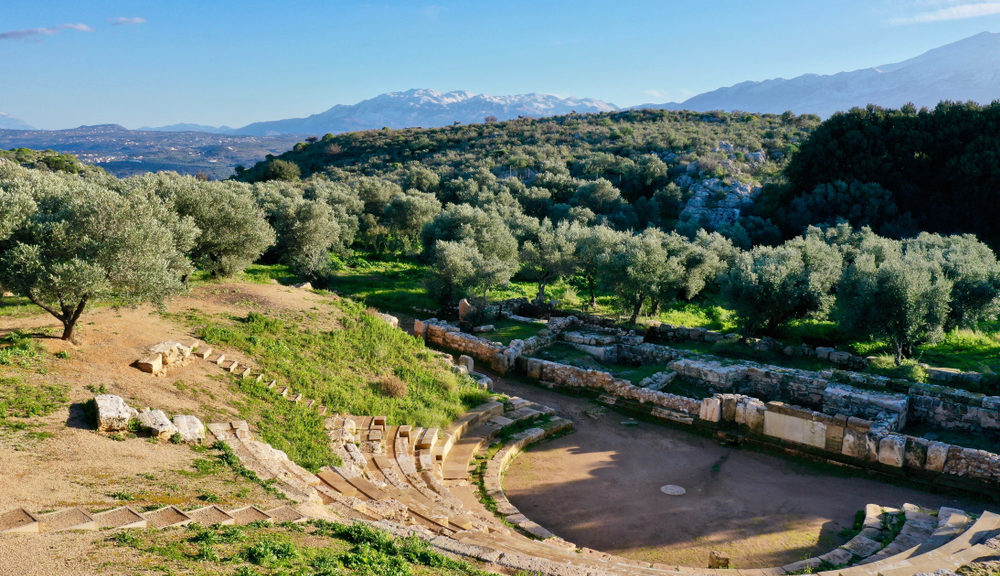
Ancient Praisos was a major city of the Eteocretans (= “true” or “original” Cretans, the descendants of the Minoans), and one of the most important urban centres of Eastern Crete. It was located in the area between Kalamafki and Pandelis, the two branches of the present-day river Stomio (ancient Didymos).
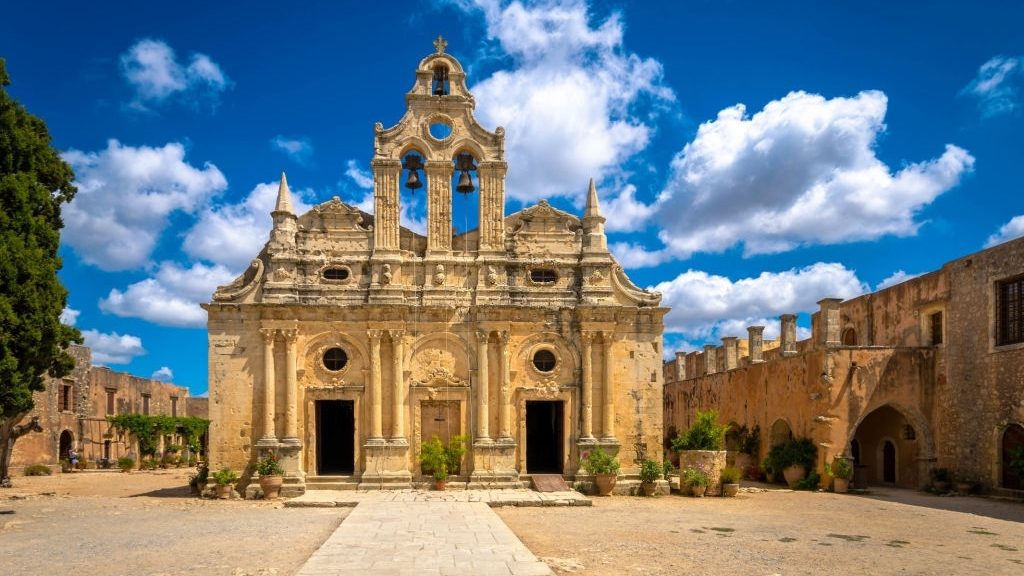
Οn the west foothills of Mount Ida, the tallest in Crete, an important Old Palace settlement has been unearthed just outside Monastiraki, in the region of Amari. The distance from Rethymno is 35 km and you can combine it with a visit to nearby Arkadi Monastery that is on the way. The archaeological site is tucked away just outside the village and parts of it are still being unearthed.
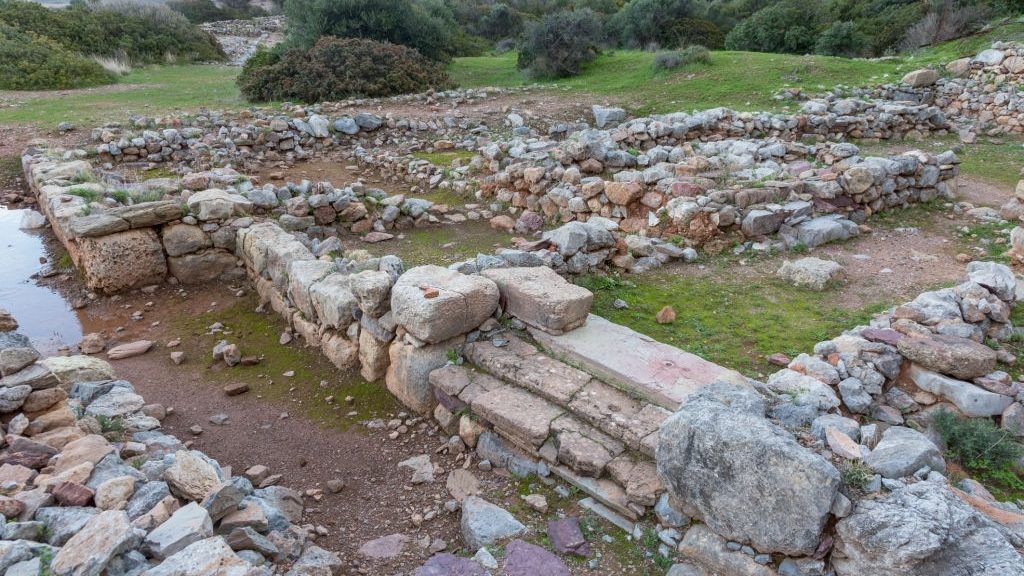
The Minoan Town A large, remarkable town of the Minoan years was unearthed at the location of Roussolakos, next to the beach of Palekastro. It flourished in the Late Minoan period. However, ruins of the Early Minoan and the Middle Minoan years were also uncovered, mostly graves and ossuaries containing a large number of bones which were found in excellent condition. Roussolakos is located on the eastern coast of Crete island, 20 km from Sitia, on the way towards Vai.
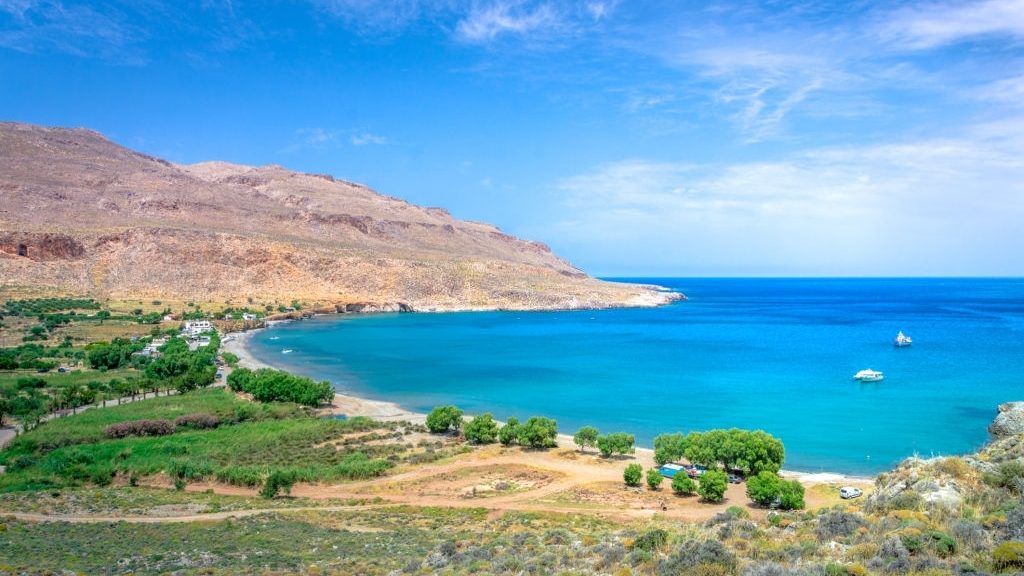
Of all the Minoan palatial towns, the Minoan Palace of Zakros and the city was the one situated further to the east. It was built on the south-eastern coastal area of the province of Sitia, 45 km from the town of Sitia and 115 km from Agios Nikolaos, on the shore of a well-protected bay, at the outlet of a small valley.
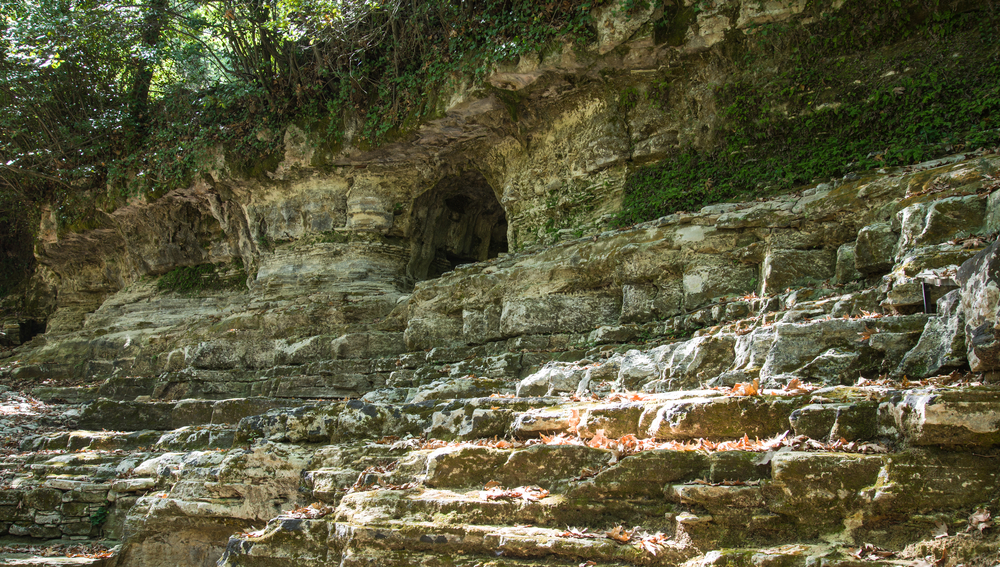
Ancient Lappa was built on the site of the current village of Argiroupoli, in a verdant, fertile area, where two river streams meet. Its dominion extended to current Rethymno, Apokoronas, Agios Vassilios and Sfakia. Idramia (current Dramia) to the north and Finikas (near Loutro Sfakion) on the Libyan Sea, were the two ports of Lappa.
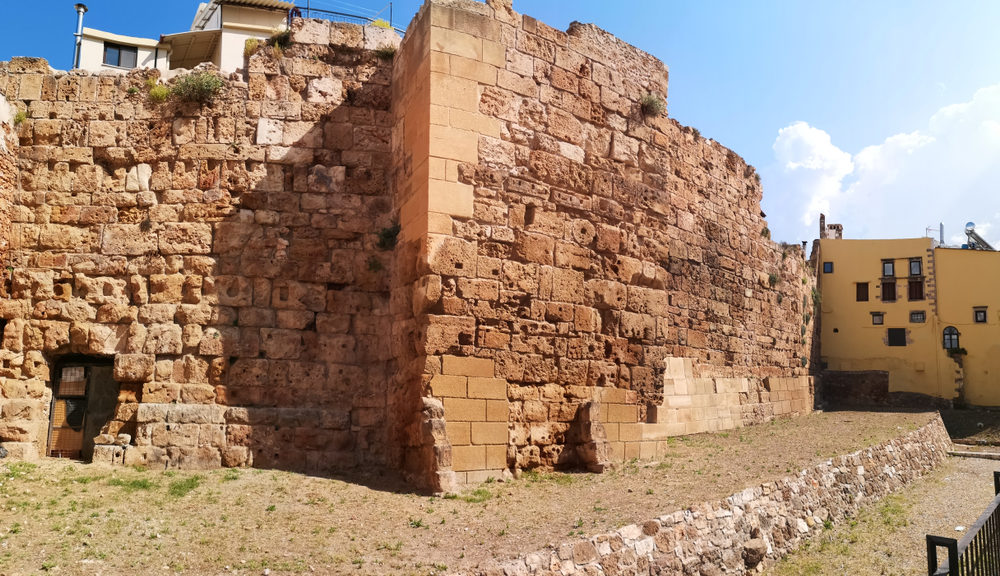
Kydonia, one of the most important and powerful cities of Western Crete, flourished right where the current city of Chania stands today. Kydonia prospered not only in the Minoan period, but also later, in the historical years. According to Greek mythology, it was one of the three cities that were founded on the island of Crete by King Mίnos. The local hero Kydon, a son of the god Hermes and Akakallida (a daughter of Minos) is also mentioned in mythology.
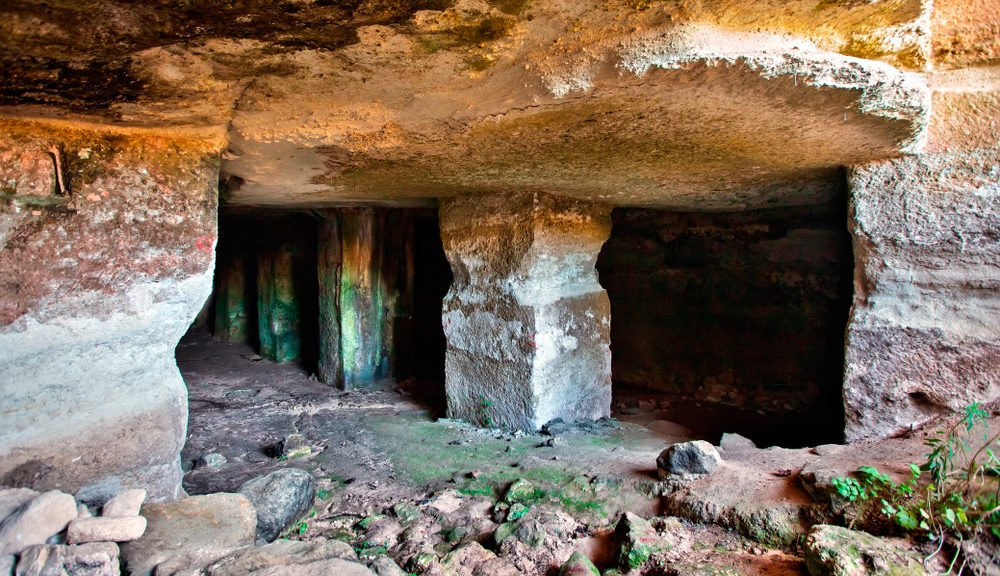
Ancient Eleftherna was built at the site where the current village of Eleftherna (formerly known as Prines) is found today; its ruins were brought to light after systematic excavations starting in 1984.
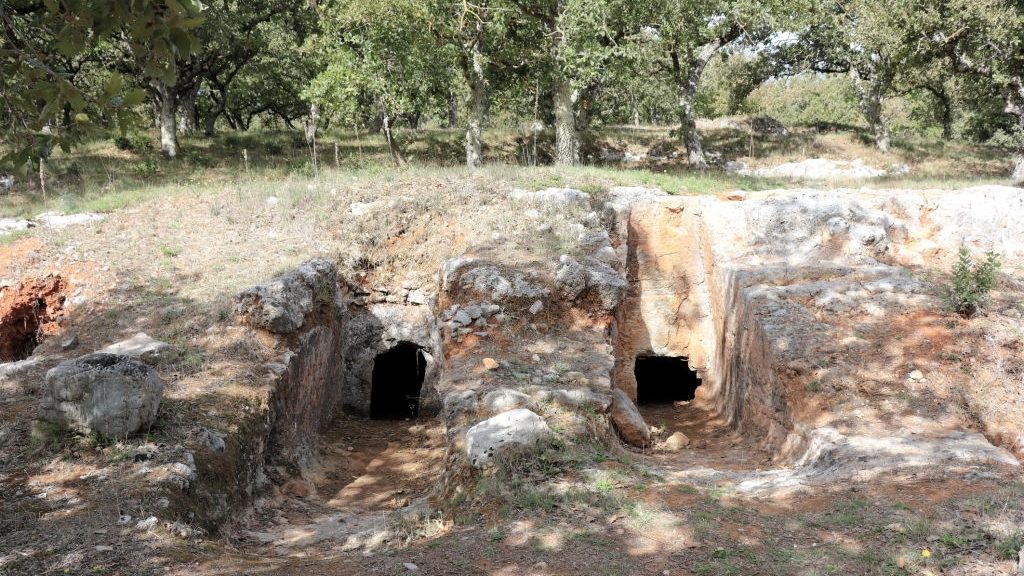
The Minoan Cemetery of Armeni is located just 10 km away from Rethymno, on the way to Spili, amongst tall oaks. While it has yielded an impressive amount of finds for researchers and archaeologists the site does not attract a lot of visitors.
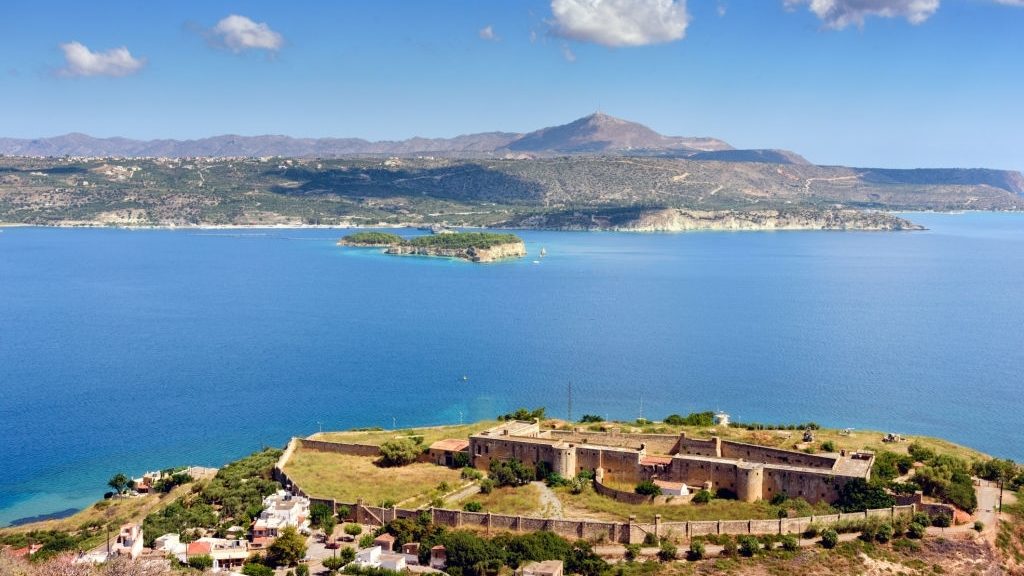
Ancient Aptera was one of the most significant and powerful city-states of Western Crete. Its ruins can be seen on the rocky hill which dominates the scenery south-east of Souda bay, above the national road that connects Chania to Heraklion (16 kilometres from Chania). The notable size of the area covered by these ruins is indicative of the power that Aptera had during its pinnacle.

Lato was one of the most important Dorian city-states of Crete; its port was at Kamara, on the site of the present-day town of Agios Nikolaos.
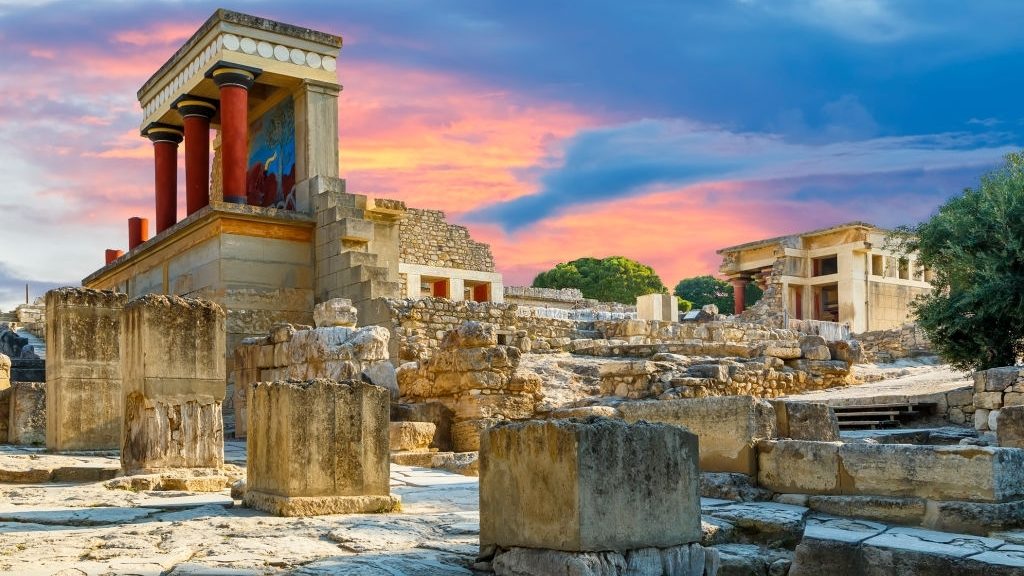
The largest and brightest centre of Minoan civilisation, Knossos, is located 5 km south of the historic centre of the city of Heraklion. Close to the area, on the east side outside the hill, where the brilliant ruins of Minoan Knossos are located, traces of a Neolithic settlement dating back to 6000 BC have also been found.